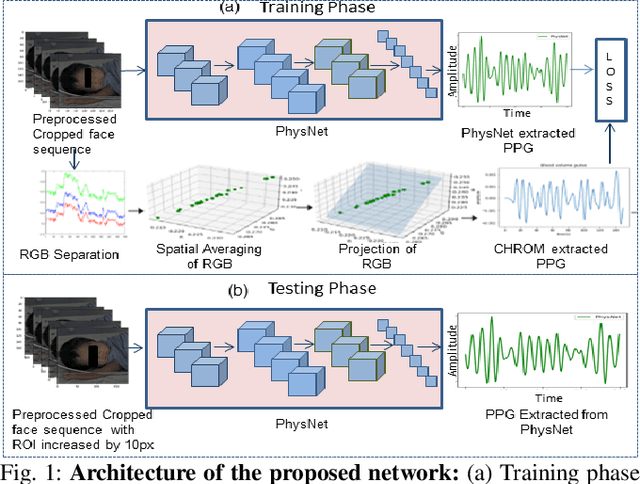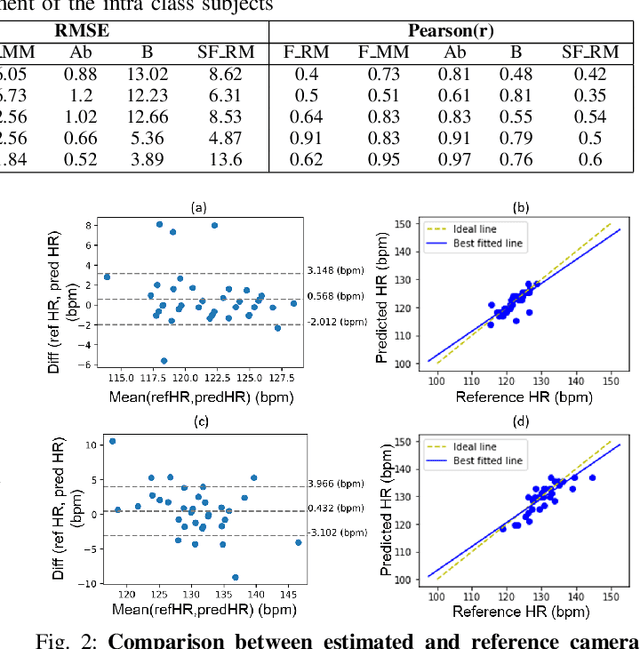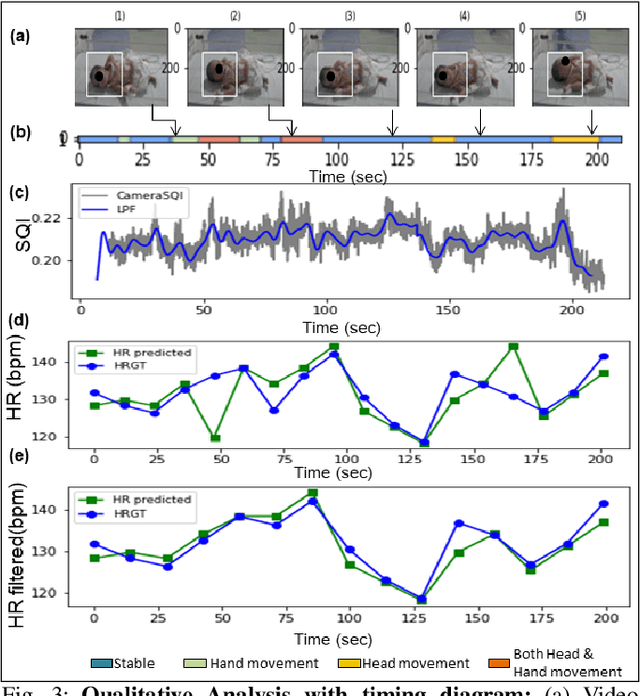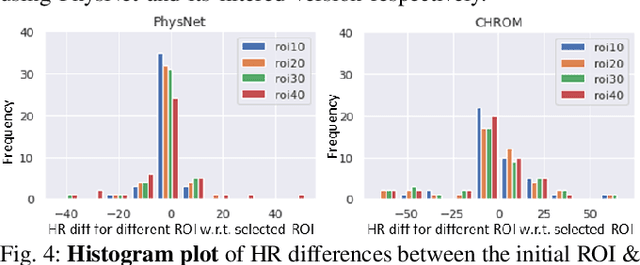Ayantika Das
A Study of Representational Properties of Unsupervised Anomaly Detection in Brain MRI
Nov 28, 2022



Abstract:Anomaly detection in MRI is of high clinical value in imaging and diagnosis. Unsupervised methods for anomaly detection provide interesting formulations based on reconstruction or latent embedding, offering a way to observe properties related to factorization. We study four existing modeling methods, and report our empirical observations using simple data science tools, to seek outcomes from the perspective of factorization as it would be most relevant to the task of unsupervised anomaly detection, considering the case of brain structural MRI. Our study indicates that anomaly detection algorithms that exhibit factorization related properties are well capacitated with delineatory capabilities to distinguish between normal and anomaly data. We have validated our observations in multiple anomaly and normal datasets.
Deep learning based non-contact physiological monitoring in Neonatal Intensive Care Unit
Jul 25, 2022



Abstract:Preterm babies in the Neonatal Intensive Care Unit (NICU) have to undergo continuous monitoring of their cardiac health. Conventional monitoring approaches are contact-based, making the neonates prone to various nosocomial infections. Video-based monitoring approaches have opened up potential avenues for contactless measurement. This work presents a pipeline for remote estimation of cardiopulmonary signals from videos in NICU setup. We have proposed an end-to-end deep learning (DL) model that integrates a non-learning based approach to generate surrogate ground truth (SGT) labels for supervision, thus refraining from direct dependency on true ground truth labels. We have performed an extended qualitative and quantitative analysis to examine the efficacy of our proposed DL-based pipeline and achieved an overall average mean absolute error of 4.6 beats per minute (bpm) and root mean square error of 6.2 bpm in the estimated heart rate.
 Add to Chrome
Add to Chrome Add to Firefox
Add to Firefox Add to Edge
Add to Edge